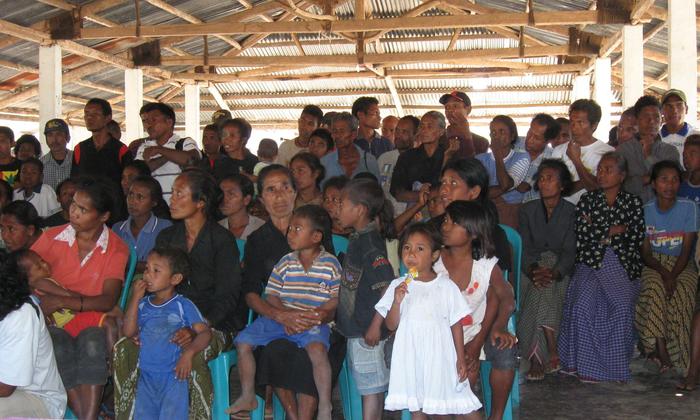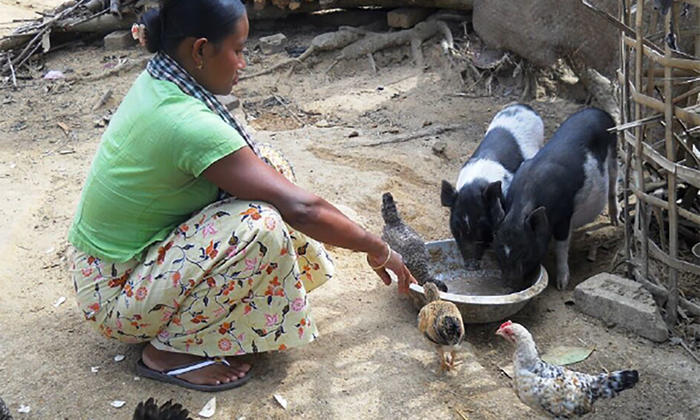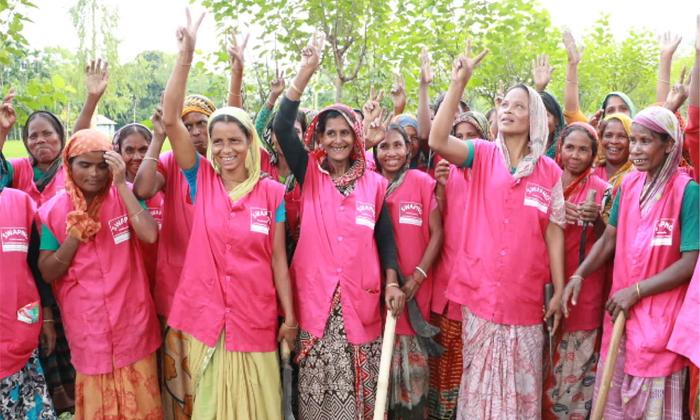Case study
Bolivia: Improving the Nutritional Status of Children via the Strengthening of Local Production Systems

Read more
Chapters
Project Partners

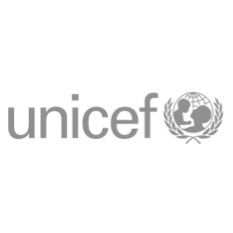
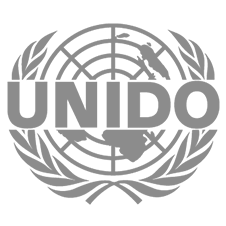
1. RESUMEN
The joint programme aimed to improve nutrition of children under five and their mothers in families from four municipalities of the departments of Cochabamba and Potosí by providing an integrated approach to food and nutrition security and sustainable local food systems.
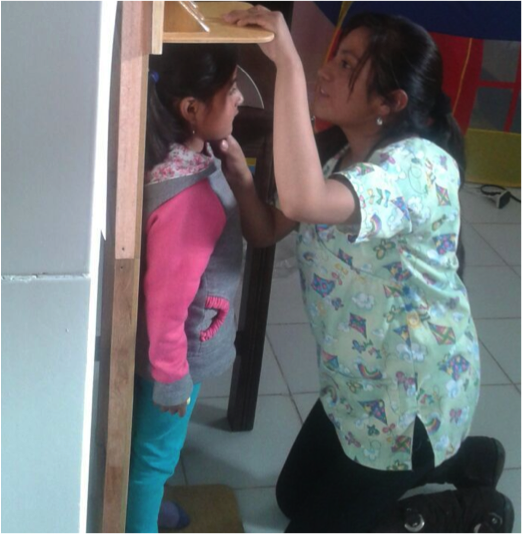
Measurement of nutricional status of children in department of Potosí
2. SITUACIÓN INICIAL
Chronic malnutrition in children under five continues to be one of Bolivia’s unresolved problems. One in every three children under 5 years of age suffers from chronic malnutrition and six out of every ten children between 6 months and 5 years suffer from anemia, the most prevalent condition associated with chronic malnutrition. Malnutrition is caused by a variety of factors, such as living in poverty, diet habits, childcare, education, access to healthcare, water and sanitation. There are great inequities in nutrition, and it is especially prevalent in rural municipalities, indigenous populations, in families with fewer resources and in children of mothers without formal education. Although the national average of chronic malnutrition is 27% , in the department of Potosí this index is 43.7% in children living in the rural area. The prevalence of anemia is higher in rural areas than in urban areas, and most widespread in the region of Altiplano (73.5%). Adequate nutrition depends on the balance of energy consumption and micro and macro nutrients, as well as other factors inherent in feeding and nutrition practices. Food security and nutrition do not only refer to access and availability of food, but also to quality of food, as well as health and education of families.
3. ESTRATEGIA
An integrated approach to food and nutrition security (FNS) targeted children from 2 to 5 years by increasing livelihood opportunities for their families (fruit producers) in four municipalities. The joint programme, which was implemented in close collaboration with national partners, developed several areas of intervention for alleviating child hunger and undernutrition, promoting sustainable and resilient livelihoods for vulnerable households, and generating better information on nutrition, the right to food and food safety. The programme targeted production systems based on fruits, vegetables, native crops of high nutritional value and small ruminants. The food nutrition education component was included in the joint programme to close the nutrition knowledge gap and support women’s nutritional status, which is closely linked to their children.

Delivery of guinea pigs in the comunity of Thagopampa
4. RESULTADOS E IMPACTO
The programme reached 1,149 beneficiaries (517 women and 632 men), bringing a comprehensive and multisectoral approach to food security and nutrition by strengthening food production systems and activities designed to improve family diets, incorporate local food, and promote coordination between municipal governments.
Under the development of local sustainable food systems, beneficiaries from 65 communities increased per hectare production of native crops with high nutritional value by 20%. Women farmers had an almost four-fold increase of this amount. They produced an average of six different crops, while male farmers only farmed three types of crops. Even though women had less access to land and irrigation, they achieved greater increases in production for commercial ends (23%) and domestic use (51%).
The empowerment of women is also evident when compared to the programme baseline, with more women assuming leadership roles (final evaluation: 90%, baseline: 50.1%) and influencing decision-making processes (final evaluation: 91%, baseline: 55%), and making decisions with regards to family expenses (final evaluation: 30%, baseline: 16%). Overall, thirteen types of vegetables, two types of native crops, livestock and fish were incorporated into the food systems of the participating families. Additionally, these families started organic gardening. Participants saw an increase of 400-800 kg per family in food products, and enjoyed more animal proteins from rearing guinea pigs, chicken and carps. The nutritional situation of children under five and their mothers improved, and food insecurity decreased by 23%, from 96% to 73%.
The food nutrition education component was an important part of the joint programme and aimed to support consumption of local food and cultural traditions of food nutrition. Participating families improved their feeding practices by integrating and reevaluating local food. Through the programme’s 133 trainings, 1,149 beneficiaries improved their knowledge about healthy eating. Training activities included health, nutrition and hygiene. Home visits helped 210 families in 45 communities with reinforcement and monitoring of key practices learned. According to the baseline indicators, 24.5% of families with children under 5 applied good feeding and nutrition practices before the programme, compared to 48.6% by the end.
The programme also supported multisectoral coordination to influence actions related to nutrition, the right to food, and food and nutrition security. The programme supported initiatives related to nutrition, the right to food, and food security submitted by organizations (40% were promoted by women's organizations) to the Municipal government. As a result, 10 initiatives related to food and nutrition security were implemented by the municipalities (public purchases, integral development, creation of bio-inputs Center and Center to produce vegetable seedlings, water harvesting projects). These initiatives allowed multisectoral coordination and participation of social organizations.

5. RETOS
The joint programme reduced the use of agro-chemicals, improved the management of their residues, as well as conservation of soil and water. However, the low demand for organic products affected producers and discouraged organic farmers. While producers recognize the advantages of agro-ecological production, there are just a few markets for organic products. One way to address this is by promoting nutritional food education as a basis for healthy ecological food consumption. A multisectoral approach is needed to create alliances between the health sector, education sector, and organic producers, both locally and nationally.

Women farmers participate in trainings on food production, health, nutrition and hygiene
6. LECCIONES APRENDIDAS
- A multisectoral approach to food and nutrition security is a powerful tool but it requires effective planning, budgeting and coordination among participating partners before starting the joint programme. Trainings on multisectoral dialogue and interagency coordination at the institutional level, especially for public servants, can further support an integrated approach and activities between different sectors and local actors. Involvement of the private sector further promotes a multisectoral approach for food and nutrition security coordination.
- Joint programmes on food and nutrition security should focus on women’s empowerment by actively engaging women in all activities. It is undeniable that the nutritional status of women is closely linked to that of children, especially in the first 1,000 days of a child's life, from gestation until the age of 2. Involvement of women provides multiple benefits because of their important role in the use of food resources and maintenance of harmony within the family and community.
- In areas where food insecurity is high, sustainable agricultural production should be promoted with two goals – improving families’ diets as well as improving their economic status, so they can access other types of food. Farmers’ access to markets should be improved. For further sustainability, farmers can be linked to the demand of local public purchases (for example, School Feeding Programmes).
- Technical assistance for farmers should be designed based on an assessment of current needs and steps needed to produce high-quality food products. Actions can include provision of tanks and construction of cisterns in communities with limited water resources and creation of Farmer Field Schools to addresses agricultural and technical issues.
7. SOSTENIBILIDAD Y POTENCIAL DE RÉPLICA
The multisectoral and multipartner approach used by this joint programme is a valid model to address the problem of food and nutrition security and strengthen capacity of local actors. The pilot experiences in Cochabamba and Potosí demonstrate that the model can be replicated in other municipalities as well as other countries that face similar problems. Strengthened local capacity to coordinate multisectoral food and nutrition security interventions also increases effectiveness and sustainability of results.

Rosse Mary Andia from Pocona Minicipality, shows established gardens to grow local cabbages, beetroots, broccoli and spinach

